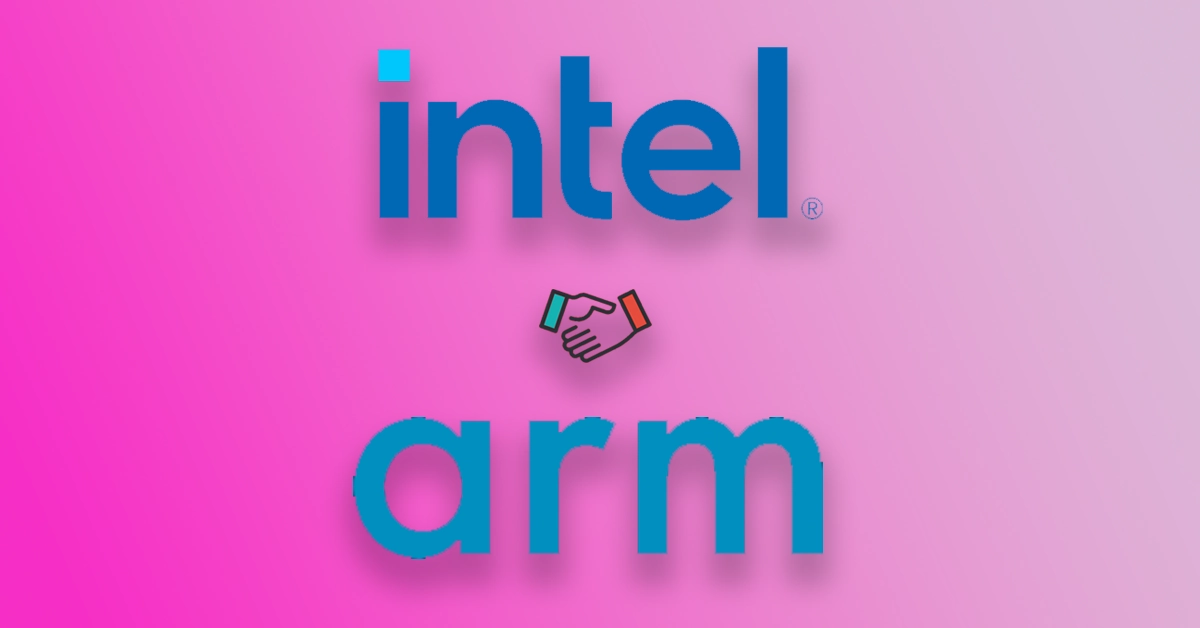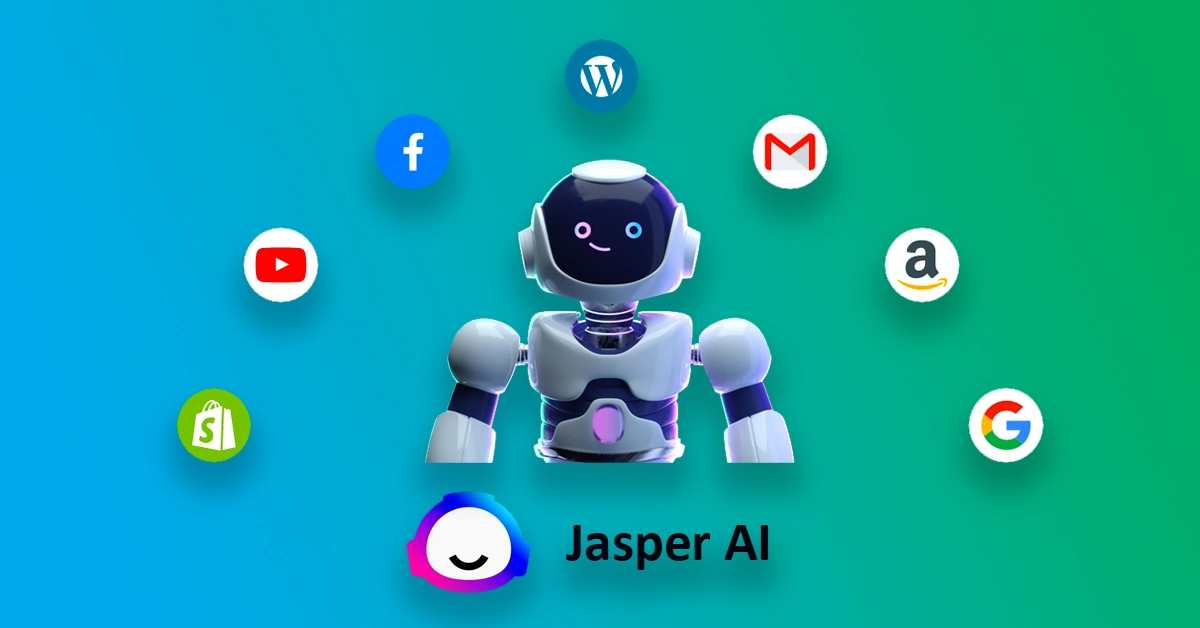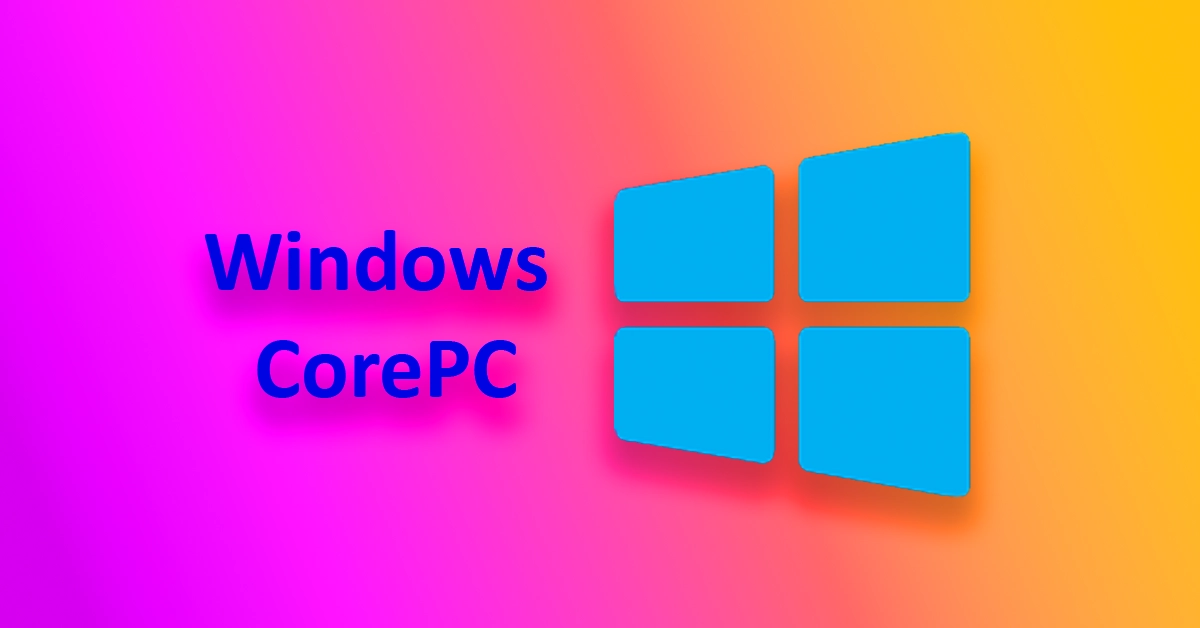
Windows CorePC – Microsoft’s modular approach to Windows 12
Snehil
- 0
Lately we have been hearing a lot of news about Windows 12, but Microsoft has bigger plans. Once announced back in 2019 but dead now, Windows “Core OS” is taking a reboot with Windows 12, which itself may get renamed as Windows CorePC. Microsoft has been planning for a faster, modular and a modern OS for a long time. While the concept has been constant, its name and release dates have seen many changes. As per the latest reports, Microsoft is now fully prepared to launch the new CorePC, codenamed Hudson Valley, for Windows 12. As reported by Windows Central, the “Windows CorePC” is most likely to be released next year.
Table of Contents
Why Windows CorePC ?
Windows has been a reliable operating system that has been supporting a plethora of devices, be it touch supported tablets or convertible laptops or the good old traditional PCs. And the same Windows powers both X86 and arm devices with some tweaks here and there. This causes a heavy load on the device itself, making the system slow which results in a very generic user experience.
However, Microsoft has been foresighted with the vision to differentiate each product category, and hence the project has been under work since 2017. But as the PC market changes rapidly, the Redmond tech-giant has been re-planning and restructuring the essentials of the Core OS, now CorePC. Microsoft had already announced Windows 10X with modularity features, but it was never released to the public. There were high chances it could launch before Windows 11 but now it has now been pushed towards the Windows 12 launch coming in 2024.
Currently, Microsoft is just planning to make the bare minimum universal OS that can be molded into a full-blown OS for any system, like the PC, convertibles, tablets, Xbox, VR and many more. The modular approach will also help the end-users as they might not need high end specs to run the OS smoothly. Thereby Microsoft might also regain customers who might be transitioning to Linux based light distros just for a smoother experience.
Microsoft already has several versions of Windows
Microsoft has been experimenting with different form-factors with different flavors of Windows, originally announced for WIndows 10X which is now dead.
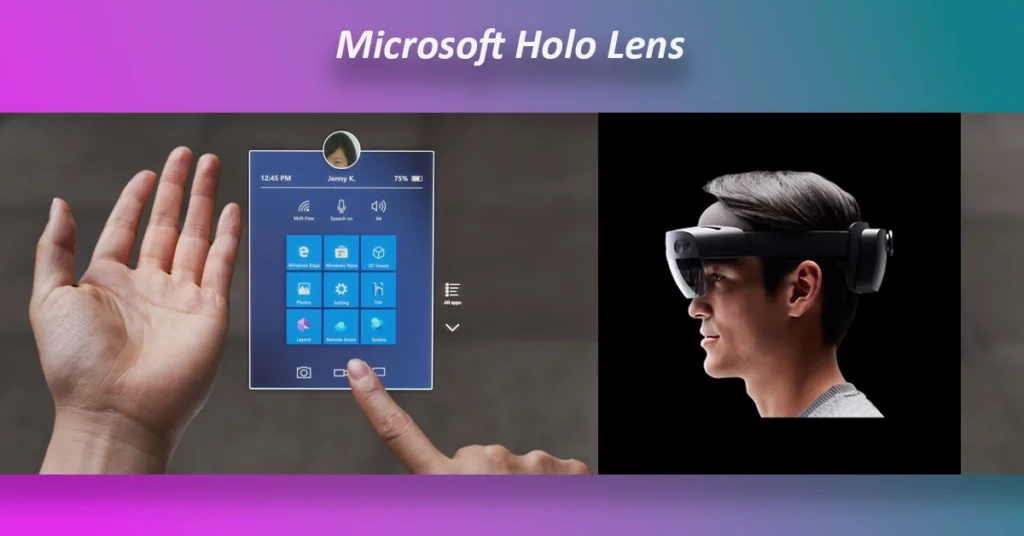
Aruba was specifically designed for single-screen devices, such as tablets and PCs. It is built on the same core technology as Windows 10, but it offers a modular design, which allows for customization to fit the specific needs of different devices. This way, Microsoft can create a single operating system that can be used on various devices, without having to create separate operating systems for each device.
Oasis, on the other hand, is built for mixed reality devices like HoloLens. It is based on the same core technology as Aruba but is optimized for mixed reality, featuring functionalities such as support for spatial sound and hand tracking.
Finally, Santorini is designed for dual-screen devices like Surface Duo. It is based on the same core technology as Aruba and optimized for dual-screen devices, with features like support for two-screen apps and seamless multitasking.
However they have not seen a full blown update or implementation in the past, just experimental. But this time, Microsoft is riding high on its ChatGPT success saga and quite confident with its bold strategies across several products.
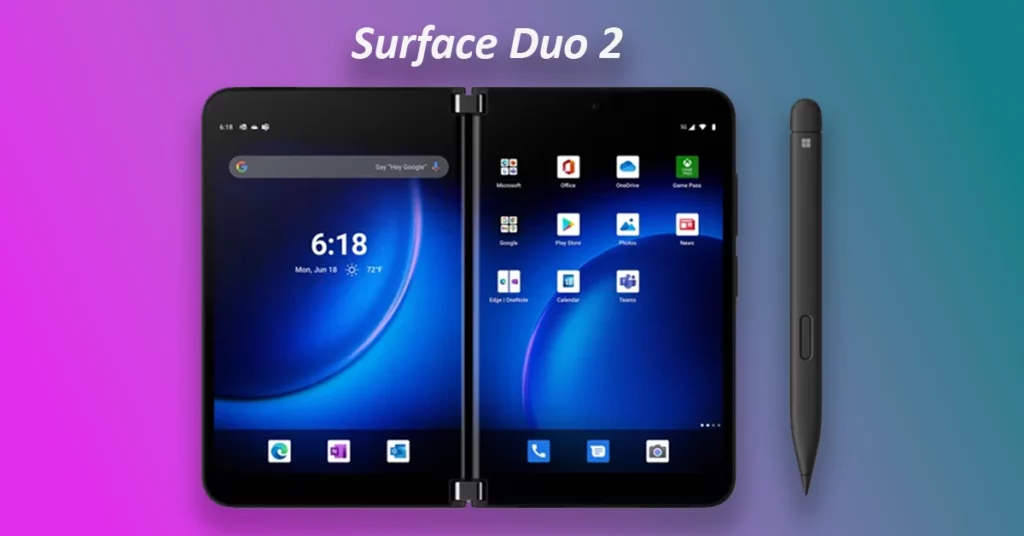
Modular OS means faster updates
iOS and Android have had it for a long time – modular updates. What this means is that both the mobile operating systems have multiple partitions managing the whole OS combined. That means that you are not using all the partitions at the same time. This allows the OS to download, install and make changes to any app in the background, not affecting your activities. Most of the time you don’t need to restart the device.
But updating apps can be a nightmare on a Windows PC as it just becomes practically impossible to restart your PC when you have got updates ready to install, and you are working on something important. If it has partitions, the update can be easily installed in the non-functional secondary partition. This way you never have to wait on updates or see your system rebooting and checking on new updates.
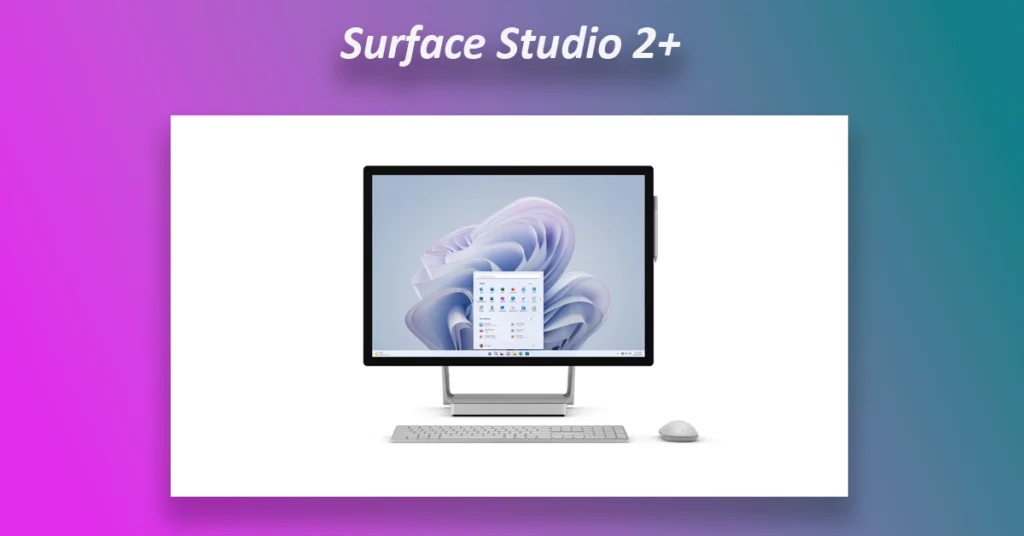
Support for legacy programs
Microsoft might shed off the legacy support for its lean and clean CorePC, which is supposed to be 60-70 percent lighter on the hardware, thus saving a lot of computing power. Users wanting the legacy support could then install the legacy module if they want. Otherwise system light versions like the CorePC for students, running light apps would not need legacy support and could be a great alternative to chromebooks.
The version for VR could just have modularity support for holographic lens modules. The Windows version for tablets could have better touch functionality, suppressing performance but good power efficiency. Enthusiast power users could still install all the extra add-on modules on their high end machines. This way the CorePC can be a win-win for all the users. The developers would have better control over pushing updates.
Windows CorePC with integrated AI
AI has taken over the internet today. We have seen how it is getting implemented into almost every app. Microsoft is also not aloof of that, we have started seeing co-pilot for Office apps, co-pilot for Edge browser.
It’s no surprise that Intel and AMD have both started producing chipsets with NPUs to provide the necessary AI related tasks. And it can’t be possible without Microsoft’s support for AI built directly into the next Windows 12 or CorePC. Chances are Intel and AMD may already have the specifications required to put AI functionalities into the next Windows iteration.
Microsoft could dominate the PC market with Windows CorePC
At this point, Windows is the most used OS worldwide. Just like Google is synonymous with search, so is Windows for a PC. And to take this forward, Microsoft would like to keep the CorePC free and charge users for extra modularity features. This way it can maintain its strong hold over the PC market and earn through its services like Office, games, App store etc. This would also mean that users looking for free alternatives would easily be drawn towards the Windows ecosystem.
Anyway, the OEM versions of the OS are already provided at a very low cost. And if you have purchased a windows license separately, you are already getting free updates to the newer versions. With Windows 11, Microsoft has already shown it can build elegant designs. The new polished look, the new app store, desktop mode, revamped UI, everything is changing. Although, the MacOS has been famous for its elegant modern look and stability, Microsoft would even be looking to leap forward making the Mac users in awe of Windows CorePC.
WIth the lean and clean materialized version of WIndows, OEMs could easily make PCs that could run Android apps, Chromebooks, etc. A compatibility layer called “Neon” will also bring support for legacy apps.
Closing thoughts
We have seen how under the leadership of Satya Nadella, Microsoft has revamped itself to beat Google at its own game – the search business. Bing is actively eating up the global share of search results after its ChatGPT integration. Investing $1 billion in OpenAi in 2019 has helped Microsoft take a leading edge over every other tech giant. There is nearly no competition to ChatGPT, at least for a while. And with GPT4’s integration with Bing, Microsoft is now just unstoppable.
Now with a major edge in AI and all the profitability just booming up, this is the perfect time for Microsoft to invest in its Windows CorePC and give it a major revamp. We have already published and article on how Windows 12 will implement AI natively, with the new 14th Gen Intel CPUs and AMD’s newly released AMD Ryzen 7040 series processors.
FAQs
What is Windows CorePC?
Windows CorePC is a modular and modern operating system being developed by Microsoft. It is aimed at being faster, more efficient, and customizable for different types of devices. It is based on the Core OS project, which Microsoft has been working on since 2017, and will replace the current Windows 10 operating system.
When is Windows CorePC expected to be released?
According to reports, Windows CorePC, codenamed Hudson Valley, is expected to be released next year. However, Microsoft has not made any official announcement regarding the release date.
How is Windows CorePC different from previous versions of Windows?
Windows CorePC is designed to be a bare minimum universal OS that can be molded into a full-blown OS for any system, like the PC, convertibles, tablets, Xbox, VR, and more. It is modular in nature, which means it is faster and more efficient. Users can customize it to fit their specific needs and preferences, and it has better support for legacy programs.
What are the different versions of Windows that Microsoft has experimented with?
Microsoft has experimented with different flavors of Windows for various devices. Aruba is designed for single-screen devices, like tablets and PCs. Oasis is built for mixed reality devices, like HoloLens. Santorini is designed for dual-screen devices, like Surface Duo.
How will the modular approach of Windows CorePC benefit end-users?
The modular approach of Windows CorePC means that users can choose the modules they need, making it a more customized and efficient operating system. They might not need high-end specs to run the OS smoothly, and it can save a lot of computing power. It also allows for faster updates without affecting the user’s activities, similar to how iOS and Android have implemented modular updates.
Will Windows CorePC support legacy programs?
Microsoft might shed off the legacy support for its lean and clean CorePC, which is supposed to be 60-70 percent lighter on the hardware, thus saving a lot of computing power. However, users wanting the legacy support could then install the legacy module if they want.
How will Windows CorePC integrate AI?
Windows CorePC will have integrated AI support, which is becoming more common in many applications. Intel and AMD have both started producing chipsets with NPUs to provide the necessary AI-related tasks, and Microsoft is supporting this trend. We have already seen co-pilot for Office apps and co-pilot for Edge browser, and AI will likely play a bigger role in Windows CorePC.
Can Windows CorePC dominate the PC market?
Windows CorePC has the potential to dominate the PC market, given its modular and customizable nature. It could attract users who might be transitioning to Linux-based light distros for a smoother experience. However, the success of Windows CorePC will depend on how well it is received by users and how well it can perform compared to other operating systems.
